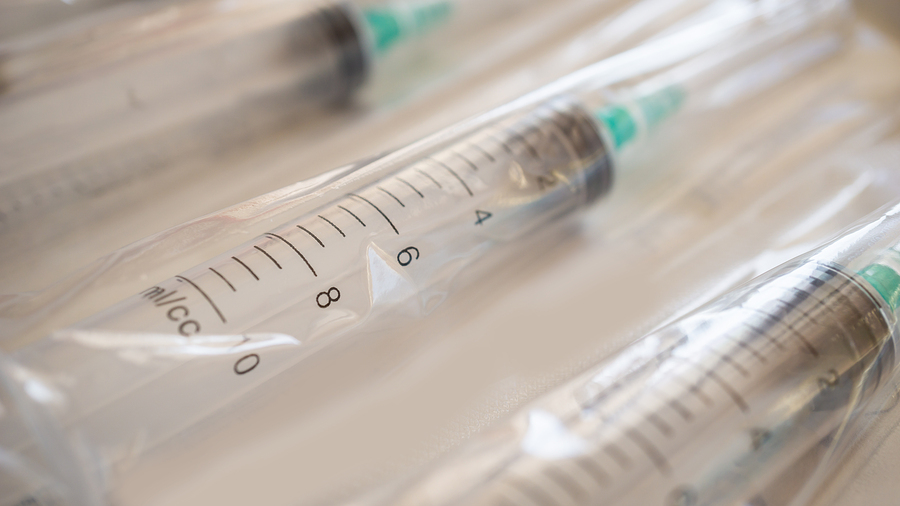The demands of designing and producing new products for medical applications are particularly stringent. First, standards are high from this particular consumer base, doctors and care providers themselves. Patients ultimately receive care, but it is these trained professionals who create the direct demand for particular instruments and supplies. And second, the intensive legal standards for any products used in medical industry applications make for a target market that not every manufacturer is capable of serving.
In another sense, though, these circumstances are lucrative. Manufacturers capable of taking on this challenge — creating products which serve patients in situations where often lives are on the line — benefit greatly. The rapidly innovating medical space is the perfect place to push design, engineering and manufacturing practices towards new horizons.
The key is designing complex parts which hold up under particularly trying environments; especially with little to no variance throughout the final manufacturing process. Which is exactly why modern injection molding techniques are the driving force behind the latest advances in medical technology. Not to mention other industries which leverage this incredible technology.
How Injection Molding Techniques Serve as the Base for Innovation
Just a few years ago, patients generally associated medical care with being surrounded by precision-cut metal tools and devices. And the reason for this was fairly intuitive. If you want precisely cut tools that can hold up to sterilization, is there any other choice?
Evolving plastic injection molding methods changed that context entirely. Now, precision isn’t only a solved issue; but various resin options and molding techniques actually allow even further standards of detail to be met. Weight, flexibility, rigidity, all options that designers can weigh as viable options now that machined metal isn’t the only option.
Modern plastics also provide options which can hold up under many of the sterilization choices used in the medical field. UV light exposure, high heat, liquid sterilization and more are possible with the right resin choice.
And single-use, pre-sterilized packaged treatment options are a much more viable possibility with injection molded plastics. These components are often less expensive, as well as safer to discard than metal. Rather than managing long-term maintenance, many care providers opt instead for easy to transport single-use kits; these help productivity and take the effort out of cleaning and transporting multi-use instruments.
The Rapid Growth of Plastics In the Medical Industry
The rising interest in plastic injection molding for medical applications speaks for itself. In 2012, medical industry buys alone accounted for $1 billion in total revenue; the projected tally for 2018 was $1.45 billion.
This growth is driven by the rapid replacement of metal tools with plastic alternatives; as well as entirely new concepts only possible with plastic parts.
Single-use kits are a quickly growing space in particular, with rural medical providers as the main consumer base. Rural medicine is shifting from maintaining remote clinics to providing better service by traveling to the remote places where people often aren’t able to receive regular preventative care.
These rural doctors simply load up a vehicle with single-use kits and provide crucial care in ways that were once too time consuming to consider. They open a pre-sterilized kit, provide examinations and tests, and pack the discarded used plastic instruments into the case for disposal.
These are the possibilities made possible by injection plastic molding, driving growth that has yet to show signs of slowing.
Plastics Point to the Future of Medical Care
At a time when “disruption” is a constant tech industry buzzword, when it comes to physical products it is new injection molding techniques that best exemplify that concept. Each year, new ideas that simply weren’t possible with older materials and manufacturing practices are fully-realized into mass produced consumer products.
Plastic injection molding is creating new opportunities for designers to create tools that simply weren’t possible in the past. It helps care providers come up with new paradigms of reaching their patients. And with such fast rates of adoption, we’re likely just at the beginning of the era of plastics in the medical industry.
Interested in finding out more about how plastic injection molding meets the highest standards of each industry that adopts it? Contact us to learn about what this technology can do for your business.

